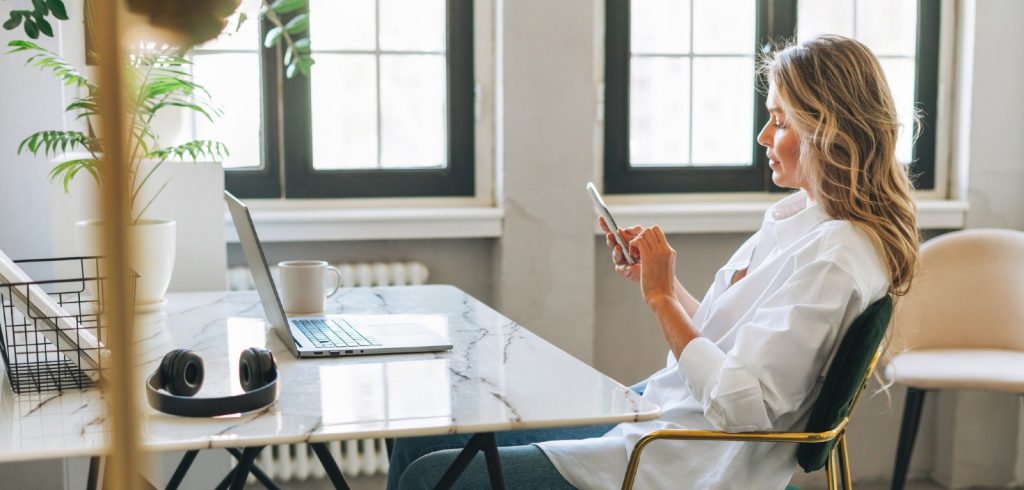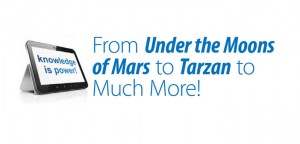Do you cringe when you think of New Year’s resolutions?
You’ve likely made a few in your lifetime that – despite your best intentions – didn’t exactly come true.
A big intention for many Barefoot Writers is to get better clients. And many of us start out with the best intentions to work hard at marketing our business and building our client base.
But… it doesn’t always work out like we planned. It can be easy to get sidetracked or lose your momentum along the way.
Well, this year, it’s time to stick to your intentions. And the key is all about changing your habits.
Let’s take a closer look at what habits are, how they work, and how to start new habits that actually stick.
What Is a Habit?
Charles Duhigg, in his bestselling The Power of Habit, provides an expanded exploration into the nature of habits.
As Duhigg explains, habits are basically behavioral shortcuts the brain uses to automate chunks of behaviors. This takes away the need to think through every step, and leaves more room for other activities.
Think of the many steps needed to get your car out of the driveway (approach car, look around, open car lock, enter car, place key in ignition, adjust mirrors, check for cats or roller skates near tires, switch the gear to reverse, look behind, pull back slowly, angle into road, merge into traffic, etc.).
Yet you do that in automated fashion. The tasks needed to get on the road have become habitual, automated, and easier.
In fact, scientists have located an area of the brain specifically responsible for recording and maintaining habits. The basal ganglia is a cluster of cells in the inner brain, near the brainstem. It’s part of our reptilian brain, which indicates how basic the need for habit and automation is for survival.
The Loopy Way Habits Form
Automated behaviors get recorded by the brain as habits in what researchers call a Habit Loop. This is a three-step process, involving cues, routines, and rewards.
It starts with a certain cue or trigger that indicates to the brain it’s time to go into automatic mode. Once the cue is perceived, the routine occurs, i.e., the set of pre-learned behaviors. Once the routine occurs, a reward is perceived, which gives the habit a “this was worthwhile” element, to the point that it gets repeated next time, and even, ultimately, craved for.
Here’s an example. You know that you should be contacting companies you’d like to pitch your writing services to. But that involves thought, effort, persistence, and potentially facing some negative feelings about yourself and where your career is at.
Faced with negative thoughts (cue), you may start to procrastinate on your client prospecting and go for another activity that has a more positive reward, like having a snack or phoning a friend. And next thing you know, you didn’t send those marketing emails… again.
How to Get Off the Negative Loop and Back into Gear
The key to breaking those bad habit loops? Understanding this Cue-Routine-Reward process, and replacing the negative with the positive.
Find routines and rewards that are actually good for you, and follow the loop cycle back into gear.
So there you are at your desk, getting ready to write and send friendly marketing emails. Doubt creeps in (cue).
But now, instead of getting sidetracked, you go to your bookshelf and take down Feel the Fear and Do It Anyway, by Susan Jeffers (or any other motivational, inspirational book that inspires you), and read 10 pages (new routine).
You’ve psyched yourself back up, and gotten back in gear (reward). You write those emails. But if that fear starts creeping back, you know where to turn to keep your gears turning.
The Way to Make Those Positive Habits Stick
It takes some thinking, some testing, and some planning. But you can start new, positive habits for yourself, and make them actually stick.
The first thing to do is recognize cues you’ve been responding to, how you’ve been rewarding yourself, and how you can replace those responses and rewards for the better.
Test which responses and rewards actually have meaning, which you find yourself craving after a while. Those cravings mean you’ll get results that get you raving.
The next thing to do is to try to recognize that habits are borne from tasks, the more specific the better. Saying “I will make a habit of getting more clients” is much harder to define and habitualize than “I will write three friendly emails to prospective clients every working day.”
Write those three a day, with appropriate rewards for your actions, and you’ll be getting lots more of those desired clients.
And the key thing to do to make habits actually stick is – well, start.
Make a Habit of Good Habits
Once you start making habit changes, you’ll see other changes start to happen.
In fact, researchers have found that the willpower involved in willful habit change will actually act like a muscle. You’ll get stronger at creating and keeping good habits, the more you work at it.
It is possible to break free of negative habits and build new ones that help you achieve your goals. You can go from procrastinating to steadily gaining new clients.
To do so, recognize the Habit Loop. Cues bring about automatic response behaviors that generate rewards and perpetuate habits. When you become aware of the loop and start to replace negative behaviors and rewards with positive ones – success will become a habit. And that habit will actually stick!






